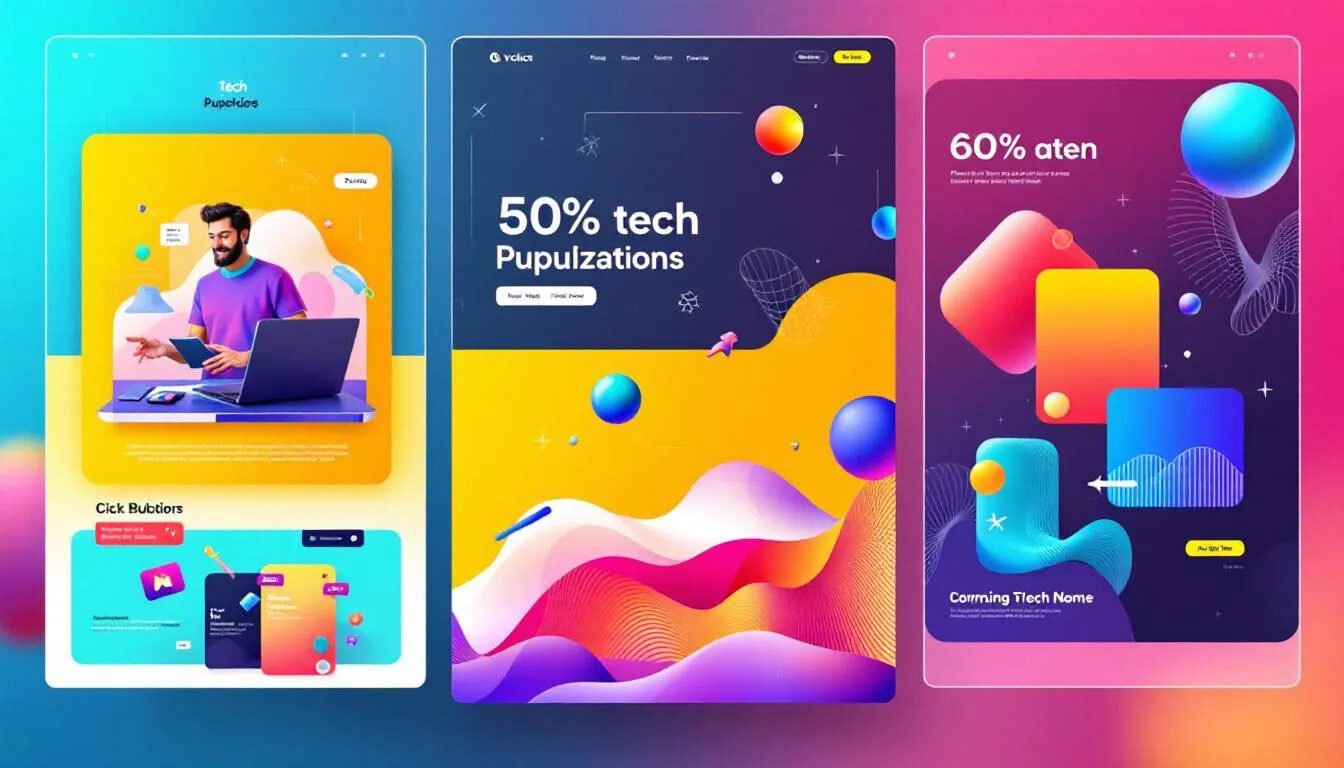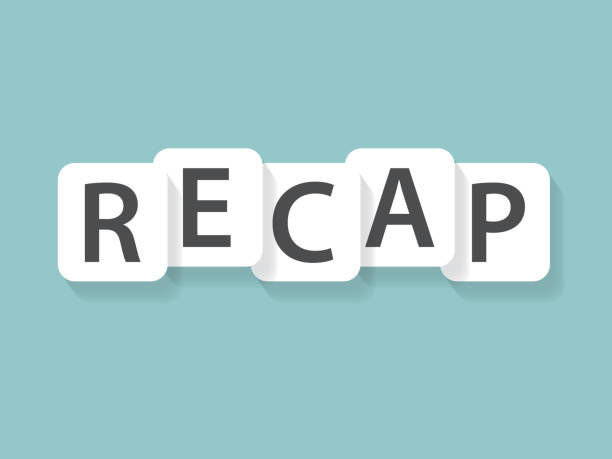Webinar Q&A: Facebook For Your Business
VerticalResponse Webinars are not only free, but a great resource for small business email marketing and social media tips and advice. If you haven’t had a chance to attend one, check out all the great content we have planned as part of our Spring Webinar Series.
We get a lot of questions from our audience at the end of every webinar. Many of these questions and answers are applicable to all of our customers, so we thought it would be helpful to share them with you. Here are some of the most relevant ones from our recent webinar, Facebook For Your Business, hosted by Ellery Long and Jill Bastian:
When we created our page on Facebook, there weren’t “categories” of businesses. I think they are now calling us a “Local Business.” We are a law firm. Is there a way to change the kind of page we have?
Facebook has recently made it much easier for companies to change the type of page they use on the social network. When logged in as your page’s administrator, simply click the “Edit Page” button and find the tab on the left labeled “Basic Information.” Here you can change the category and sub-category of your page by using the pulldown menus provided.
What’s the average number of posts recommended per day?
The answer to this question is going to be different for every business, depending on the type of business and the expectations of its fans. For example, fans of a news website Facebook page are most likely there because they want a lot of content, while fans of a big consumer product plan are probably more interested in seeing the occasional discount or new product announcement.
A better approach for you as a business on Facebook is to focus on the quality of your posts rather than the quantity. Just like with email marketing, the only surefire way to find the right balance for your page is to test different ideas and measure the results. You can use Facebook Insights to see which of your posts inspire the most engagement (measured by likes and comments). Posting more often isn’t what is going to get your fans to interact with your page, but posting valuable and relevant information will.
Finally once you have an idea of what kind of posts get the most traction, focus your efforts based on what you’ve learned. For example, at VerticalResponse, we get the most response to posts that offer our fans a glimpse behind the scenes at the office. This post about a new puppy at the office got all sorts of feedback:
Test to find out what kind of content engages your fans the most and you’ll be well on your way to a successful Facebook page!
My senior executives are worried that talking about our clients or customers on social media will get us into trouble. Is this a valid concern?
This is absolutely a valid concern, but it’s not a reason to avoid social media. Social media is no different than any other type of social interaction and the same rules of etiquette apply. Remember, your company’s page on Facebook is open to anyone to view. Don’t say anything there that you wouldn’t say anywhere else. Similarly, make sure that any of your employees who maintain public profiles on Facebook or any other social network are aware that the same company policies that apply in the real world regarding employee conduct should be viewed no differently when they are interacting online. As your company begins to engage more heavily in social media, it’s a good idea to establish official social media policies, but as always, common sense is usually a good place to start.
As an individual with a freelance/consulting business, would you build your professional page on your personal account or start over with a separate page just for your business?
Even though you’re a freelancer, consultant, or any other kind of sole proprietor, you’re still a business and you should promote yourself on Facebook as such. The one thing to consider when setting up your business page, though, is how to categorize yourself. As discussed in the first question of this post, Facebook allows you to pick the best category for your business when setting up your page. If your freelance business has a name other than just your own, you probably want to categorize yourself as a company. As you can see here, Facebook has an option for you to select consulting as a sub-category:
If you run your consulting business under your own name, though, or you want to use your Facebook page to promote your own personal brand, you might consider categorizing yourself as a public figure:
Both kinds of pages have the same functionality, but the more accurate your category is, the easier it will be for fans to find you using Facebook’s search tool.
How can I put a link to my VerticalResponse emails on my Facebook page? I didn’t know they were stored anywhere.
We’ve made it easy for you to share your sent emails through Facebook or Twitter. Once you’ve launched your email go to the reporting section and click on the name of the email you sent out. In the column on the left hand side is a link that says Share Email:
This will open a window that gives you some options. You can at this point share the email on Facebook, our system will ask you to link the accounts and then you can create a post for your Facebook or Twitter account. If you just want a link to archive the email somewhere, you can get that as well. The window will look like this:
At the top of this window is the archive link, you can copy this and post it wherever you like, your website, your blog or even Facebook. The box under the link is where you can set up a post for Facebook and/or Twitter. Our system will automatically create a post using the archive link and the subject line from the email, but you can change that if you wish.
_________________________________________________
Check out our free social media guides for more ideas.
© 2011 – 2018, Contributing Author. All rights reserved.



